Essential Tube tips to navigate the London Underground
From Tube maps and child fares to Oyster cards and the Night Tube, G2Eail has all the tips you need to know about the London Underground. From getting to Heathrow Airport to the cost of a one-day travelcard (tip: get an Oyster!), here are the top ways to navigate your way around London.
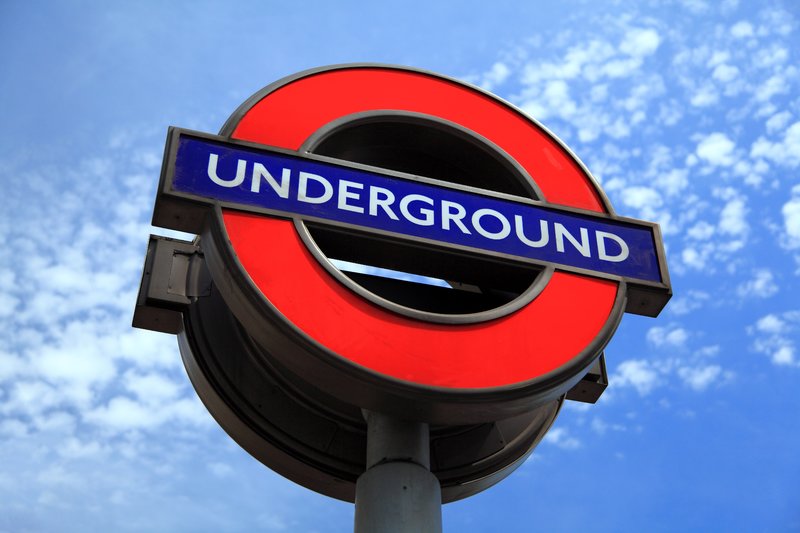
(Credit: Pxhere)
With 11 lines, 270 stations and 5 million passengers a day, the iconic London Underground (aka the Tube) is essential for navigating the English capital. It’s often faster than taking surface transport through traffic-clogged streets and years of investment to the tune of billions of pounds means it’s never been in better shape.
But it’s important to understand when other means of transport – commuter trains, light rail, buses and even walking – are better options.
TOP 10 TUBE TRAVEL TIPS
- Buy an Oyster Card Don’t get confused by all the ticket types: just buy an Oyster Card. It’s the cheapest option.
- Stand on the right of the escalator; walk on the left Always stand on the right on all escalators. Regular riders zip up and down the steps on the left.
- Mind the gap Do mind the gap (you’ll understand this when you get there).
- Train doors open and close automatically No need to press the ‘open’ button on the train door; they don’t work (they’re operated by the driver).
- Tap and go with your Oyster card You don’t need to wait for the barriers to shut before you touch your Oyster card on the reader.
- Try to avoid rush hour Avoid the Tube during rush hour (7.30am–9.30am and 5.00pm–7.00pm) unless you like feeling like a tinned sardine.
- Check accessibility options before travel Only some stations are step-free and accessible (shown on all Tube maps by the wheelchair icon).
- Be prepared for the summer heat – it can get really, really hot. Most stations have WiFi, but not all trains and stations are air-conditioned.
- Taking a bike? Do your research first. You can take a folding bicycle on any Tube train, although some lines only allow regular bikes at certain times.
- Travel round-the-clock If you’re planning a big night out, the 24-hour Night Tube (from Friday until Sunday) runs on the Victoria, Jubilee, and most of the Central, Northern and Piccadilly lines.
What’s the cheapest way to travel on the London Underground?
The most you’ll pay for a full day riding the Tube (plus buses and other TfL modes) in central London (Zones 1 and 2) using an Oyster card is £6.60. Given that a single-ride paper ticket costs £4.90 while an all-day paper Travelcard costs £12.30, the Oyster card is the way to go.
Note: It seldom makes sense to take the Tube just one – or often two – stops in central London. The time you’ll spend entering and leaving the stations, plus the waiting and travel times, is often greater than walking. Figure out whether to walk or take the Tube with TfL’s handy map that shows the walking distance between stations.
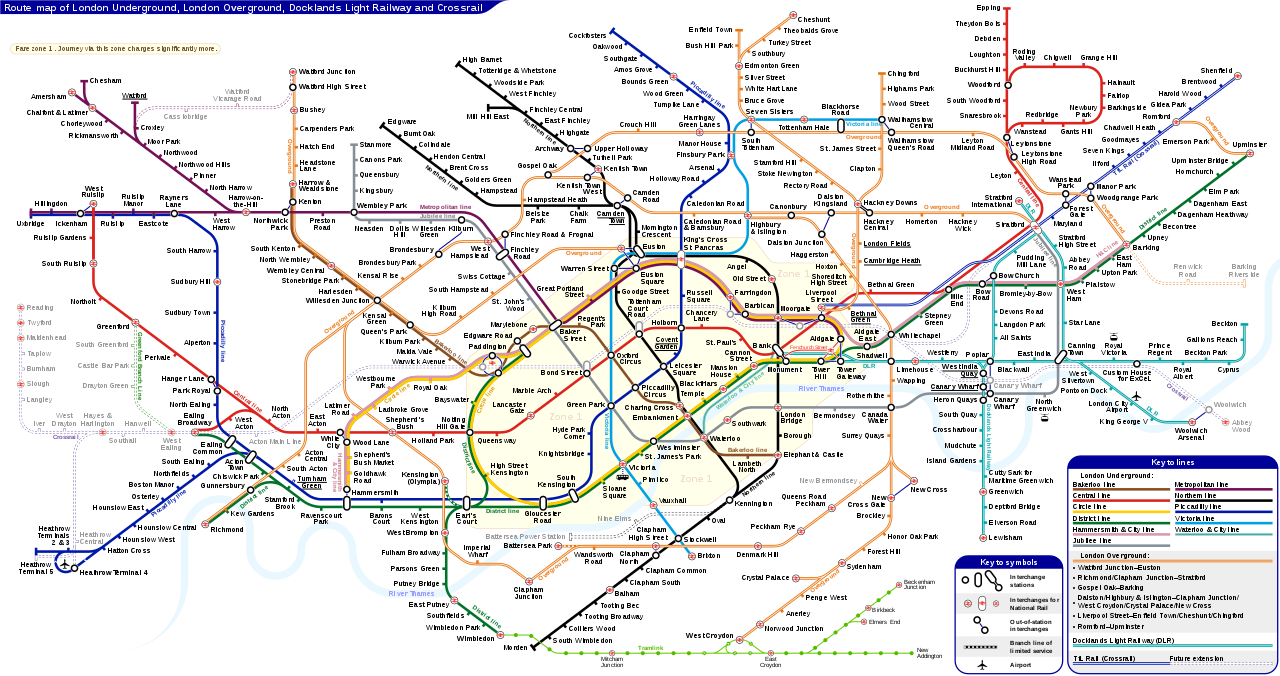
Interactive map of the London Underground and Overground, including fare zones (Credit: Wikimedia Commons)
What is an Oyster Card and how does it work?
An Oyster Card is an electronic smartcard that you use to touch in and out of London Underground stations. It’s the cheapest option, offering discounted fares and can be used on all Transport for London (TfL) modes of transport (The Tube, the London Overground trains, Docklands Light Railway, buses, Thames ferries and more).
Where do I buy an Oyster card?
Buy your Oyster card at any London Underground station from the ticket machine; this is also where you load credit onto the card to top it up. You can also buy Oyster cards at these locations . Don’t bother getting a Visitor Oyster in advance – just buy a regular one when you get to London.
What are the London Underground fare zones?
There’s a huge variety of fares and zones, but it’s pretty easy once you understand the options.
- The London Underground runs in nine fare zones that determine the cost of the ride.
- Most of central London is in Zone 1.
- Popular tourist areas such as Camden, Brixton and Hampstead Heath are in Zone 2.
- Heathrow Airport is in Zone 6.
How do I plan my Tube route around London?
Access G2Rail from your desktop or mobile device via any browser (and also via our Android and iPhone apps) and plug in your start and end destinations to find the quickest Tube route between them.
Other options:
- Tube stations have info windows where you can get advice and free TfL maps.
- The free Citymapper app has full Tube and TfL trip planning information.
- Google Maps and Apple Maps have Tube and other TfL route information and can plan trips.
What are peak/off-peak times on the London Underground?
- Peak hours: weekdays 6:30am–9:30am and 4pm–7pm
- Non-peak hours: All other times
Opening hours on most lines are roughly 5 am to midnight Monday–Saturday, with reduced operating hours on Sunday.
Can I get the London Underground to Heathrow Airport?
Yes! Don’t think you have to get the Heathrow Express: the London Underground is a cheap way to get to Heathrow Airport and takes slightly less than an hour. Heathrow has three underground stations, one for Terminals 2 and 3 and one each at Terminal 4 and Terminal 5. Take the Picadilly Line southbound; all three stations are in Zone 6 and can be accessed using your Oyster Card.
If your flight leaves at night, the Piccadilly Line operates a 24-hour service on Friday and Saturday, with night trains to and from Terminals 2, 3 and 5 (There is no service on the Terminal 4 loop).
Can I take luggage on the London Underground?
In theory, yes. But remember that the Tube gets very busy and crowded, plus there may be stairs or other obstacles to navigate. If you have lots of luggage and/or need to travel at rush hour it’s worth considering the Heathrow Express or a taxi instead.
If you are feeling confident about using the Tube, you may be ready to graduate to a new level of expertise. Various apps show secret shortcuts in stations as well as advising which carriage to use to be closest to the exit at your destination. For iOS look for Station Master; on Android, try Tube Assistant .
How else can I get around London?
The London Underground is not the only way to get around the city. There are many times when a bus or train is a better option.
Bus:
- Hopper fare charged to an Oyster card is good for one hour of bus rides: £1.50
- On the bus, you only need to touch on with your Oyster card (not off)
- Buses don’t accept cash
- One-day bus-only pass sold at Tube stations: £5
- Trips can take longer than the Tube
- The famous red London double-decker buses offer great views
- Some routes offer fantastic unofficial tours of London, including 9, 11, 14, 15, 24 and 100
- Free route maps are available at Tube stations
- Many routes run 24 hours a day
- Bus stops have indexes showing which bus routes serve popular stops and landmarks
- Buses run frequently; bus-stop displays show the wait for the next bus
London Overground:
- Suburban-style commuter trains
- Runs above ground in a large ring around central London, mostly in Zone 2 and beyond
- The fare structure is integrated with the Tube
Docklands Light Railway (DLR):
- Automated light rail trains with three carriages
- Covers a large swath of the East End and Docklands
You’ll need to touch your Oyster Card on an off on a validator when entering and leaving a London Underground station (Credit: Tom Page/Flickr)

London Underground ticket machine (Credit: Aude Vauconsant)
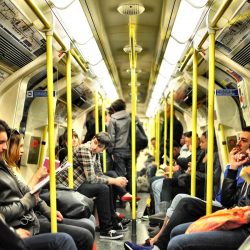
Interior of a London Underground carriage (Credit: Wikimedia Commons)

No need to press the ‘open’ button on the train door; they don’t work (they’re operated by the driver) (Credit: Wikimedia Commons)
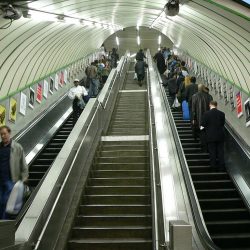
Tube etiquette: always stand on the right on the escalator. (Credit: Wikimedia Commons)

Although you can pre-purchase a Visitor Oyster Card, we recommend you buy a normal one on arrival in London (Credit: Wikimedia Commons)

An Oyster Card is an electronic smartcard that you use to touch on and off at Tube stations (Credit: Wikimedia Commons)
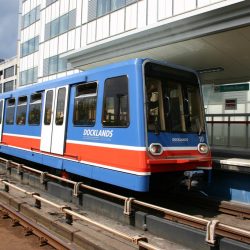
The automated Docklands Light Railway covers a large swath of London’s East End and Docklands (Credit: Wikimedia Commons)
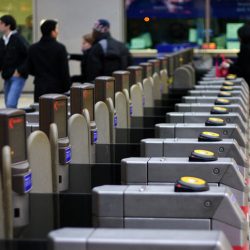


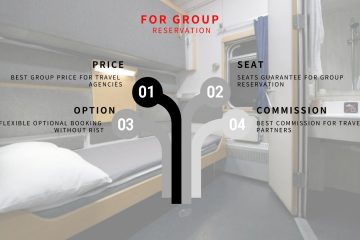
0 Comments